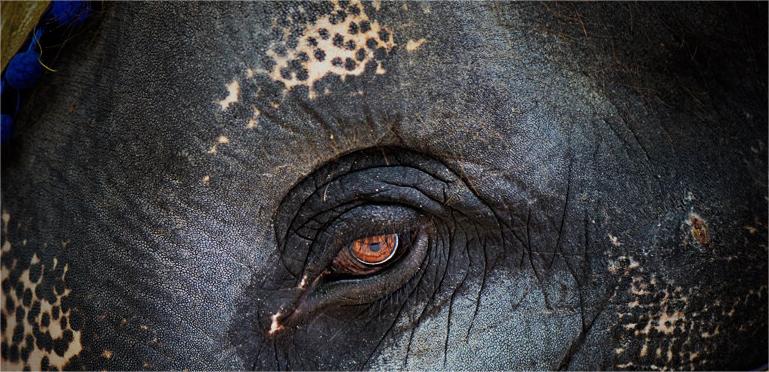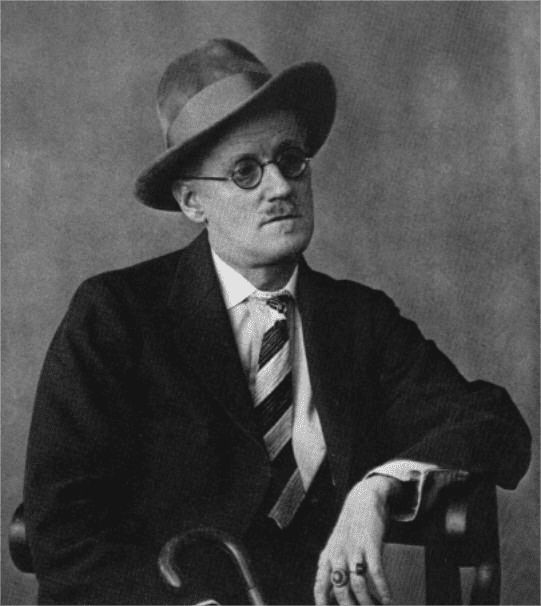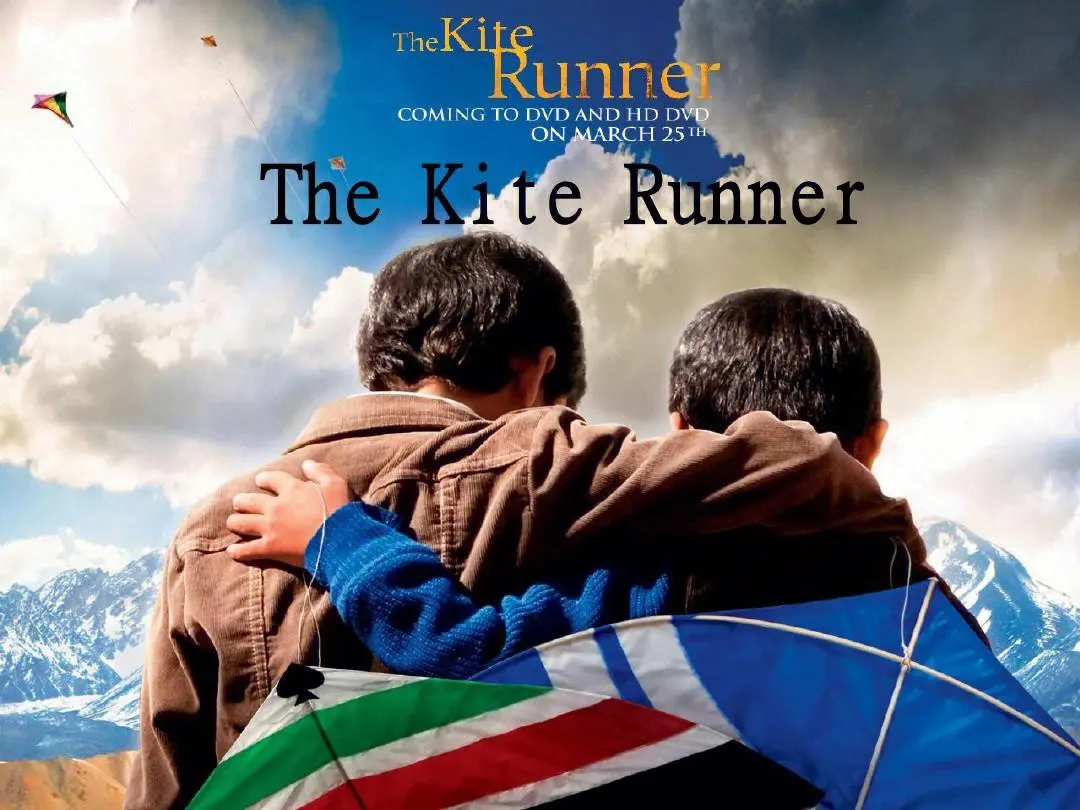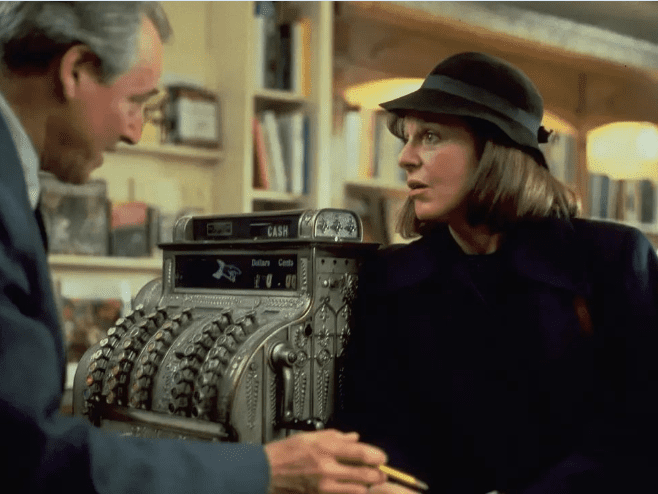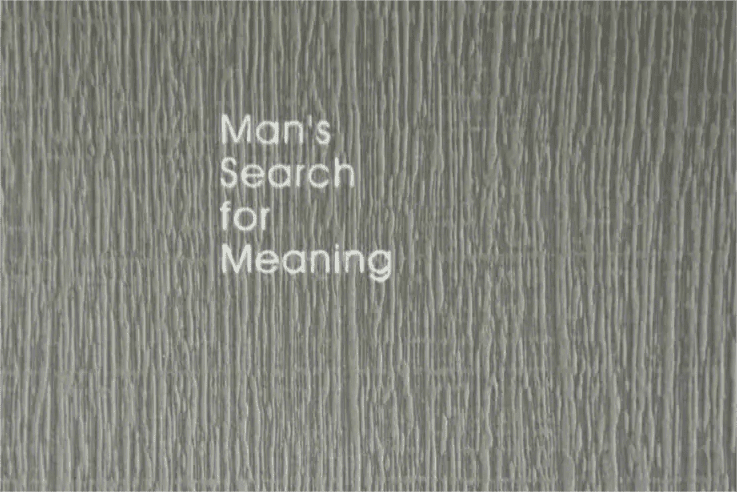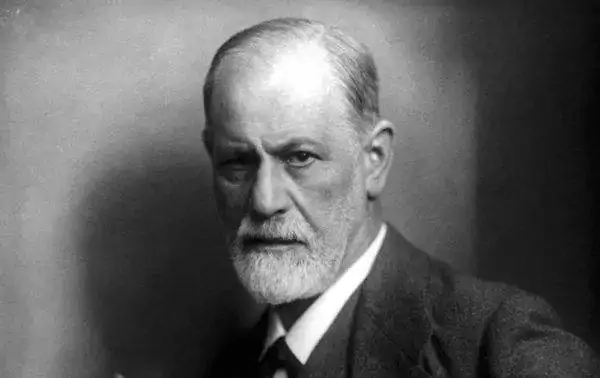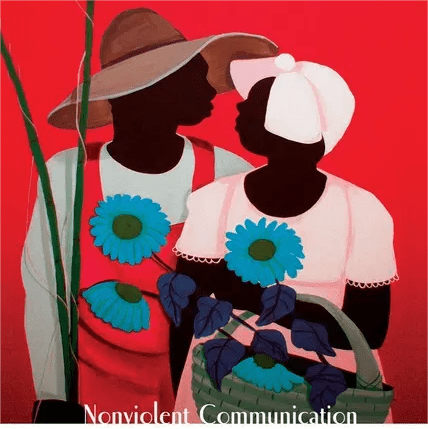Soon after his arrival at the circus, the young Jacob witnesses an orgy. The place for revelry is in the circus arena, where characters of all stripes show varying raptures over naked dancers. This kind of occasion echoes Bakhtin’s idea that carnival culture is a kind of plaza-like activity with universal participation, in which everyone expresses his heart to the fullest, such as greed, obscenity, shyness and ecstasy. During the Great Depression, people were living in a aimless state, and such carnival entertainment just filled the blank in many people’s heart. However, the most obvious manifestation of carnivalization in the novel is in the fact that the master of the troupe is willing to spend a lot of money, sacrifice the lives of so many artists and workers, and even in the elephant bought by many animals. However, the elephant that the owner spent a lot of money to build is actually a stupid animal that can’t do any performance. When Jacob unwittingly knows the secret of the elephant, the two of them rely on each other and depend on each other, and stage a grotesque carnival scene. The circus is a place where life and death are presented in their own way. It is a place where all kinds of life are presented. The author regards the circus as a maniacal square, providing a kind of spiritual sustence for those depressed, unable to release themselves, and even homeless people. For Jacob, a life of paradise comes to an abrupt end with the death of his parents. At a time when everyone is living in the shadow of the Great Depression, the circus has undoubtedly become Jacob’s spiritual habitat and his place of salvation, but for him, it is also a place of hell. Having experienced all kinds of life and gained the undying love, Jacob was happy in his later years, but his heart was still longing for the days full of excitement and adventure. This carnivalized narrative technique highlights the theme of the work and exposes the hardships of people’s lives during the Great Depression.
No matter animals or people, in that period of panic are on the edge of life, but only a few people still maintain the most pure and primitive heart. Most people have been assimilated by the evil and ugly, resulting in the distortion of personality and soul. Jago and Marlena are the representatives of standing in the mud. They know what they love and fight against the evil forces bravely until they pursue their own happiness and achieve their wishes. They are kind-hearted and willing to help all the people in need, even animals, and do not care about gains and losses. Their final happy ending is the expression of the author’s hope for society. The author wants to arouse the purest nature of human beings and call for the return of humanity.
The author uses fragmentary narration to show the bittersweet life of the protagonist to the reader; The alternation of “I” in youth and “I” in old age gives us a sense of crossing over in history and reality; The carnivorous language and scenes provide readers with images of the hardships of people’s lives during the Great Depression, and the circus stories are used as a perspective to truly reflect the impact of the financial crisis on ordinary people.
“Water for Elephants” is a perfect love story set in a circus during the Great Depression. From the perspective of narrative techniques, the author completely abandons the traditional narrative mode of the novel, such as the linear narrative techniques of beginning, plot conflict, character development and changes, and finally reach the climax of the story. Instead, he weaves a legendary love fairy tale with scattered and collage style post-modern techniques. The first reading of the novel Elephant’s Water will bring readers a sense of chaos and disorder in both time and space. It is difficult for readers to grasp what kind of world the author intends to present to the outside world through this time-traveling narrative. This fragmentary collage makes the story show the post-modernist narrative characteristics at the beginning, and downplays the importance of the traditional sense of the novel plot. The scene suddenly shifts from a nursing home to a university classroom, giving people a sense of time travel. The nursing home and the university symbolize two distinct stages of life — old age and youth, respectively. This spatial transformation leaves the reader with expectations and foreshadows the story. Young Jacob had to drop out of college because his parents were killed in a car accident. Homeless and penniless, Jacob griefly climbs on a train he doesn’t know where he’s going, revealing the confusion and lack of belonging of modern people, who can’t predict their future and don’t know where their fate will lead. In a daze, Jacob enters a circus that is said to be “the greatest circus in the world.” However, the author does not introduce the historical background of this circus, which is strange and frightening to Jacob in the traditional way of introducing the story. Instead, he tells a lot of information about the circus through the mouth of a high-altitude acrobatic girl in a performance, which makes Jacob and the reader suddenly take a tumble. It turned out that the circus, which had been boasting of being the best in the world, was the owner of the circus who took advantage of the crisis that small and weak circuses closed down one after another during the Great Depression to accept everything from each other in a cheap and shameful way. By eating up other people’s household goods, the scheming Ai LAN became the upstart during the Great Depression, and those unable to survive entertainers and clowns also became the owner’s tools to make money. The cruel rules of survival in the circus make one feel that people here not only live without dignity and autonomy, but are just tools for others to eat. The author shows the crisis of people’s existence at that time for readers through the narration of fragments one by one. In the novel, the relationship between many characters, interactions between people and between people and between people and animals are presented to readers through different people or things in the form of fragment collage. The scene of the story changes from the nursing home to the circus, from the circus to the nursing home, but the circus and the nursing home can not be called a real sense of home, indicating that modern people are always in a wobbly, insecure world. This fragmented leaping narrative is intended to intuitively present the living conditions of modern people, and then explore the purposeless and empty sense of the spiritual world in human heart.


